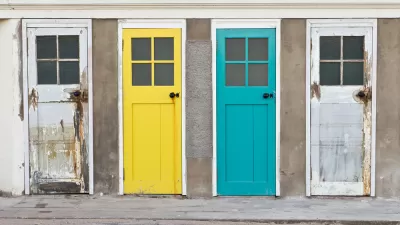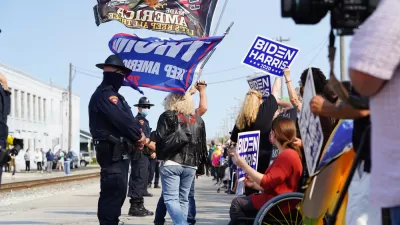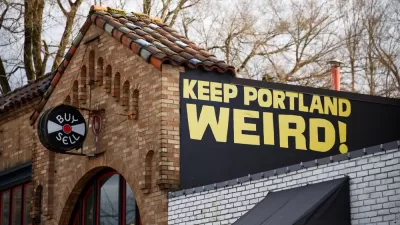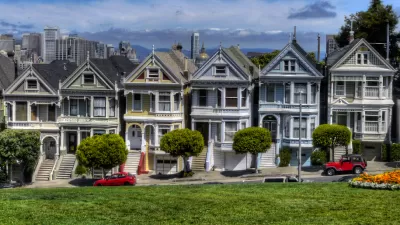Despite the intentions of the nation's fair housing laws, neighborhoods in the United States continue to segregate by race.

William H. Frey examines contemporary neighborhood residential segregation, using Census Bureau American Community Survey data from the 2015-2019.
According to Frey, the data show that "despite the fact that people of color account for the vast majority of recent U.S. population growth, white residents almost everywhere— including those in the nation’s most diverse metropolitan areas—continue to reside in mostly white neighborhoods."
And while neighborhood segregation has declined since the 1960s ("albeit modestly," writes Frey), "substantial levels of neighborhood segregation persist for Black residents and—to a sizable, though lesser extent—for Latino or Hispanic and Asian Americans."
Put another way: "Just as white neighborhoods continue to remain 'whiter' than their surrounding metropolitan areas, it’s also the case that neighborhoods where the average Black, Latino or Hispanic, and Asian American populations reside continue to include overrepresentations of those groups."
The source article includes a lot more data, analysis, and infographics.
FULL STORY: Neighborhood segregation persists for Black, Latino or Hispanic, and Asian Americans

Maui's Vacation Rental Debate Turns Ugly
Verbal attacks, misinformation campaigns and fistfights plague a high-stakes debate to convert thousands of vacation rentals into long-term housing.

Planetizen Federal Action Tracker
A weekly monitor of how Trump’s orders and actions are impacting planners and planning in America.

In Urban Planning, AI Prompting Could be the New Design Thinking
Creativity has long been key to great urban design. What if we see AI as our new creative partner?

King County Supportive Housing Program Offers Hope for Unhoused Residents
The county is taking a ‘Housing First’ approach that prioritizes getting people into housing, then offering wraparound supportive services.

Researchers Use AI to Get Clearer Picture of US Housing
Analysts are using artificial intelligence to supercharge their research by allowing them to comb through data faster. Though these AI tools can be error prone, they save time and housing researchers are optimistic about the future.

Making Shared Micromobility More Inclusive
Cities and shared mobility system operators can do more to include people with disabilities in planning and operations, per a new report.
Urban Design for Planners 1: Software Tools
This six-course series explores essential urban design concepts using open source software and equips planners with the tools they need to participate fully in the urban design process.
Planning for Universal Design
Learn the tools for implementing Universal Design in planning regulations.
planning NEXT
Appalachian Highlands Housing Partners
Mpact (founded as Rail~Volution)
City of Camden Redevelopment Agency
City of Astoria
City of Portland
City of Laramie





























